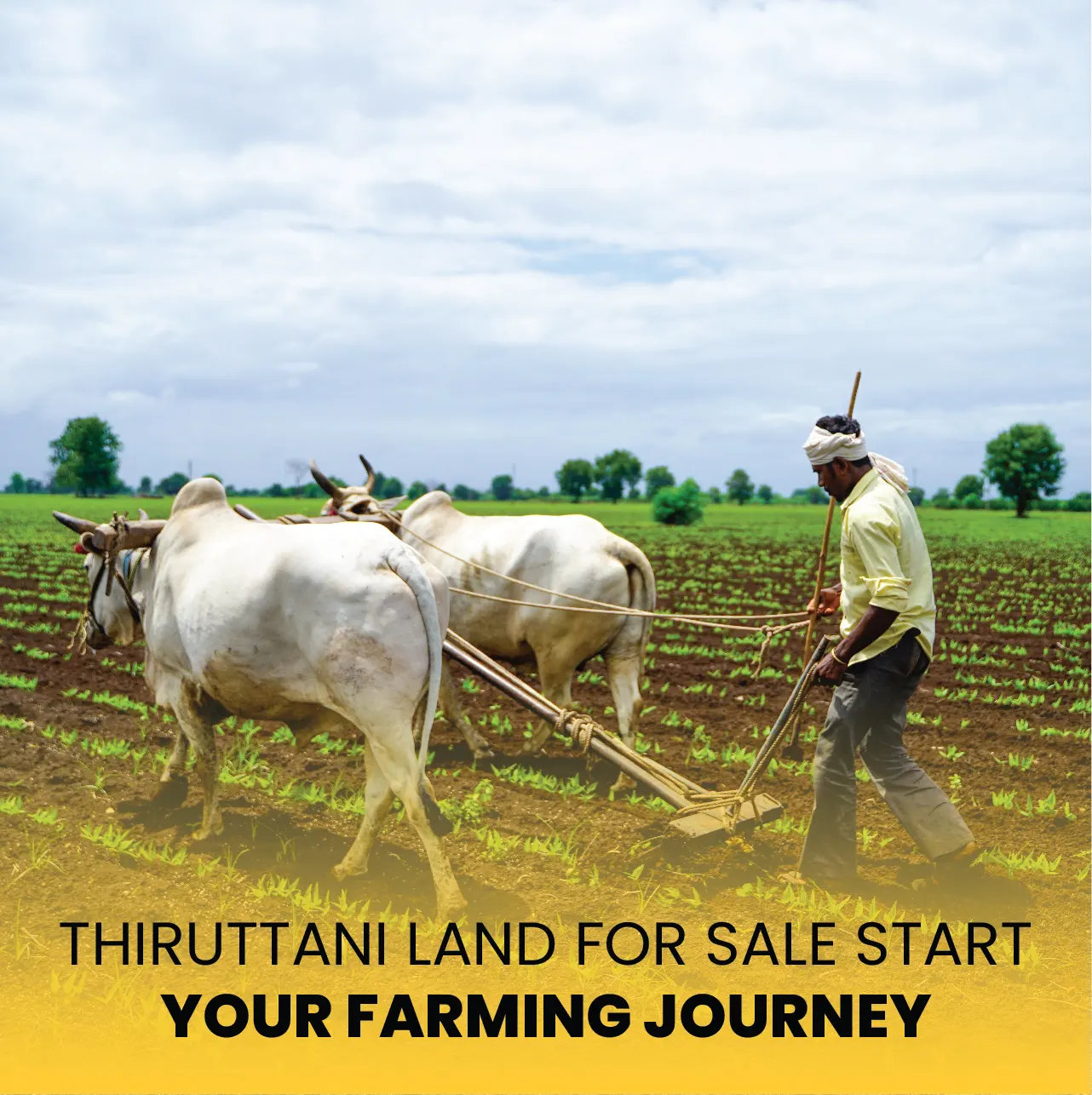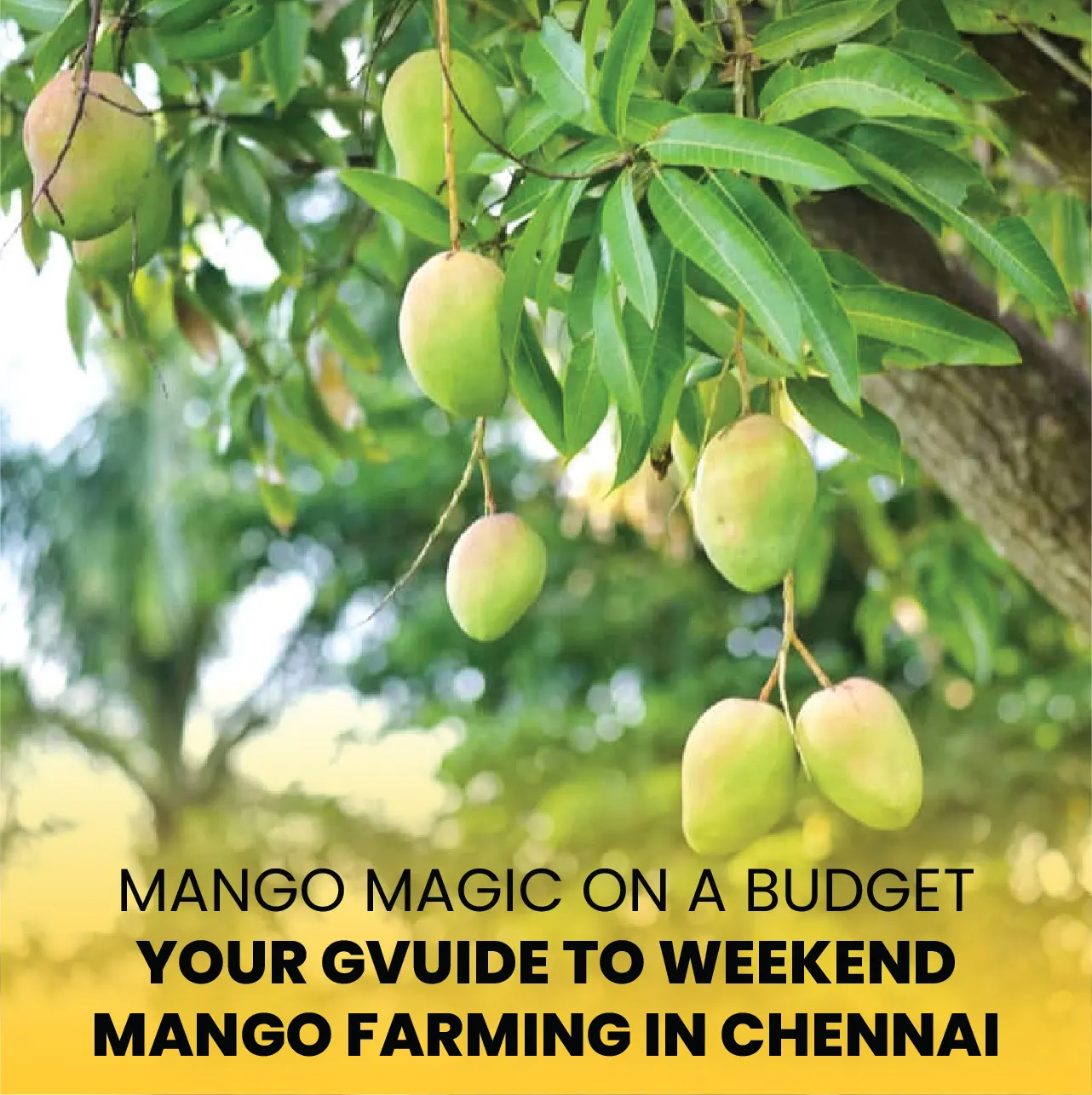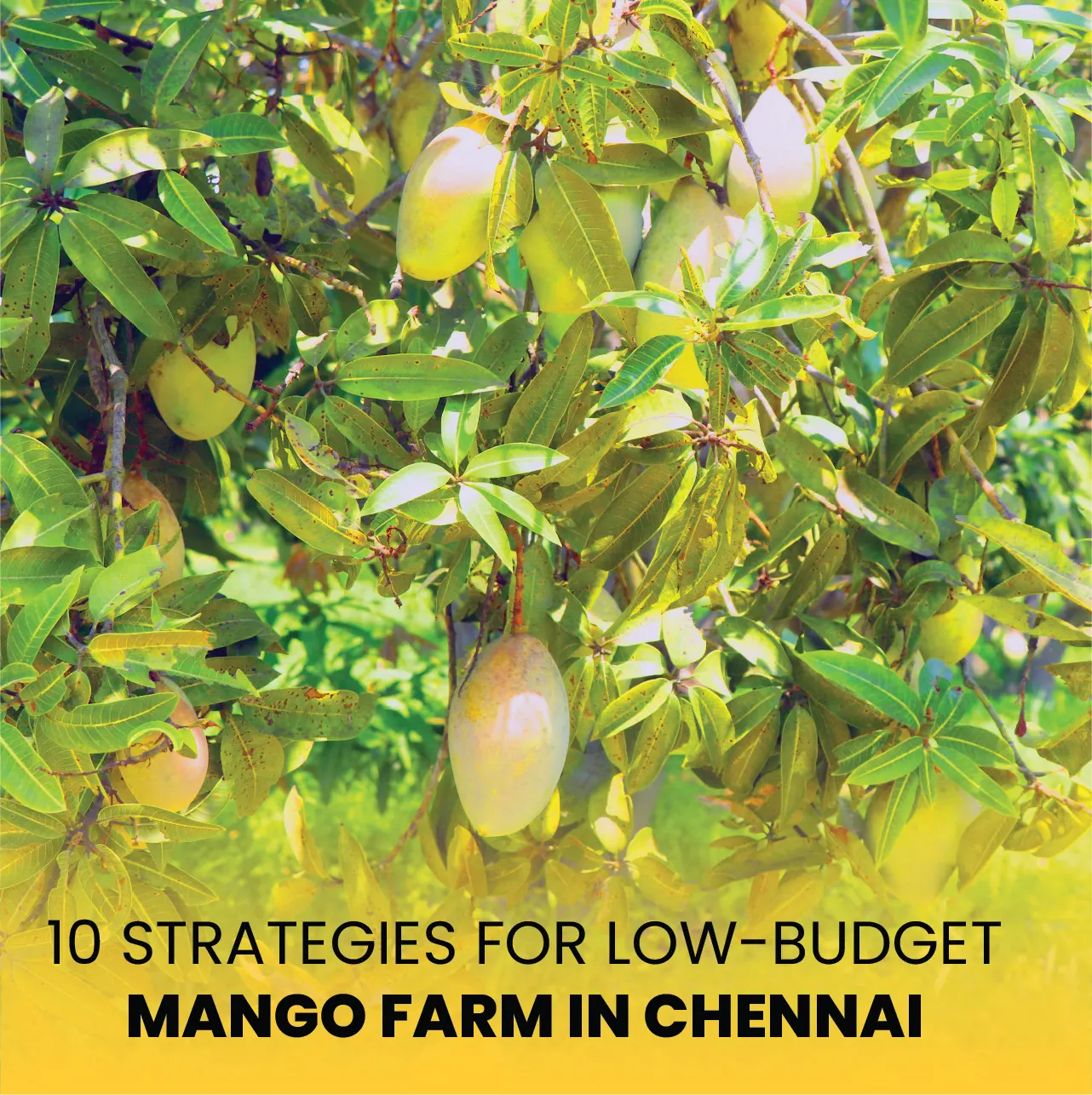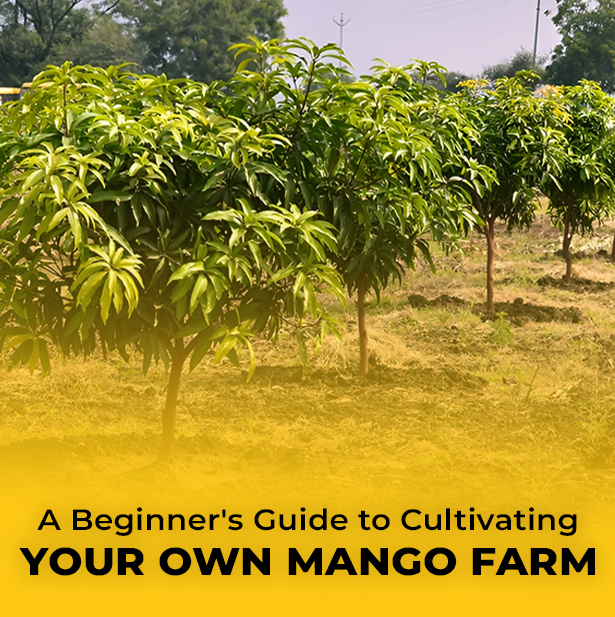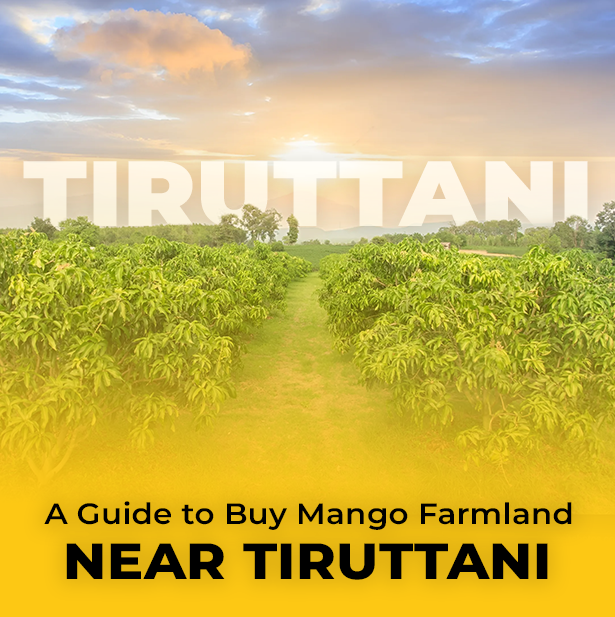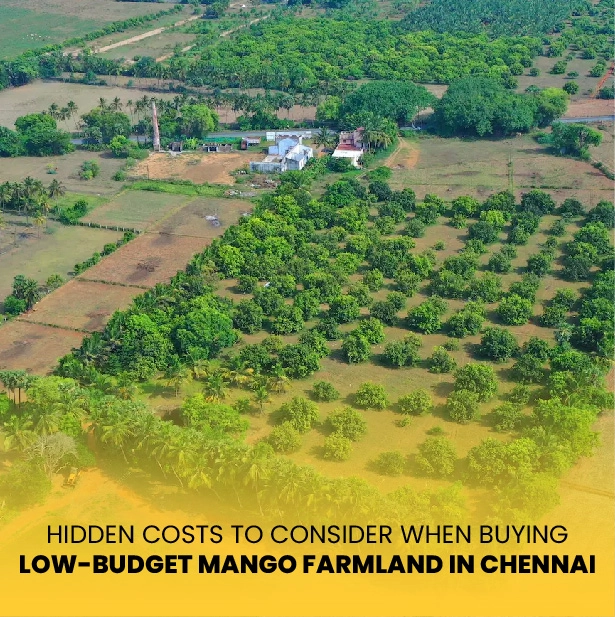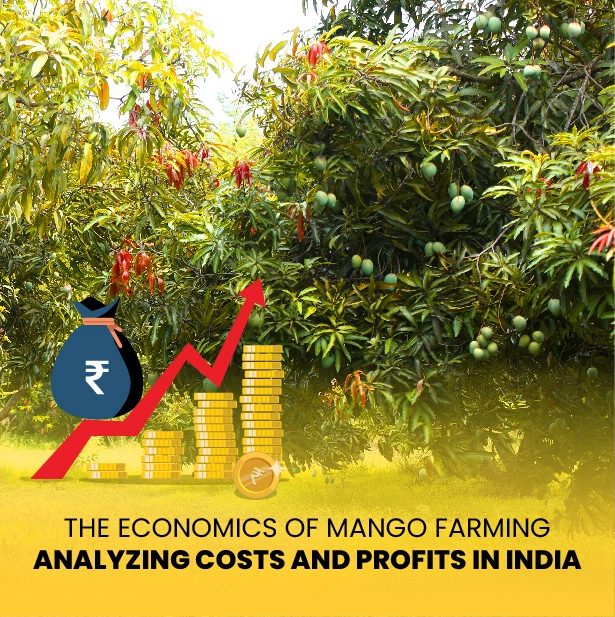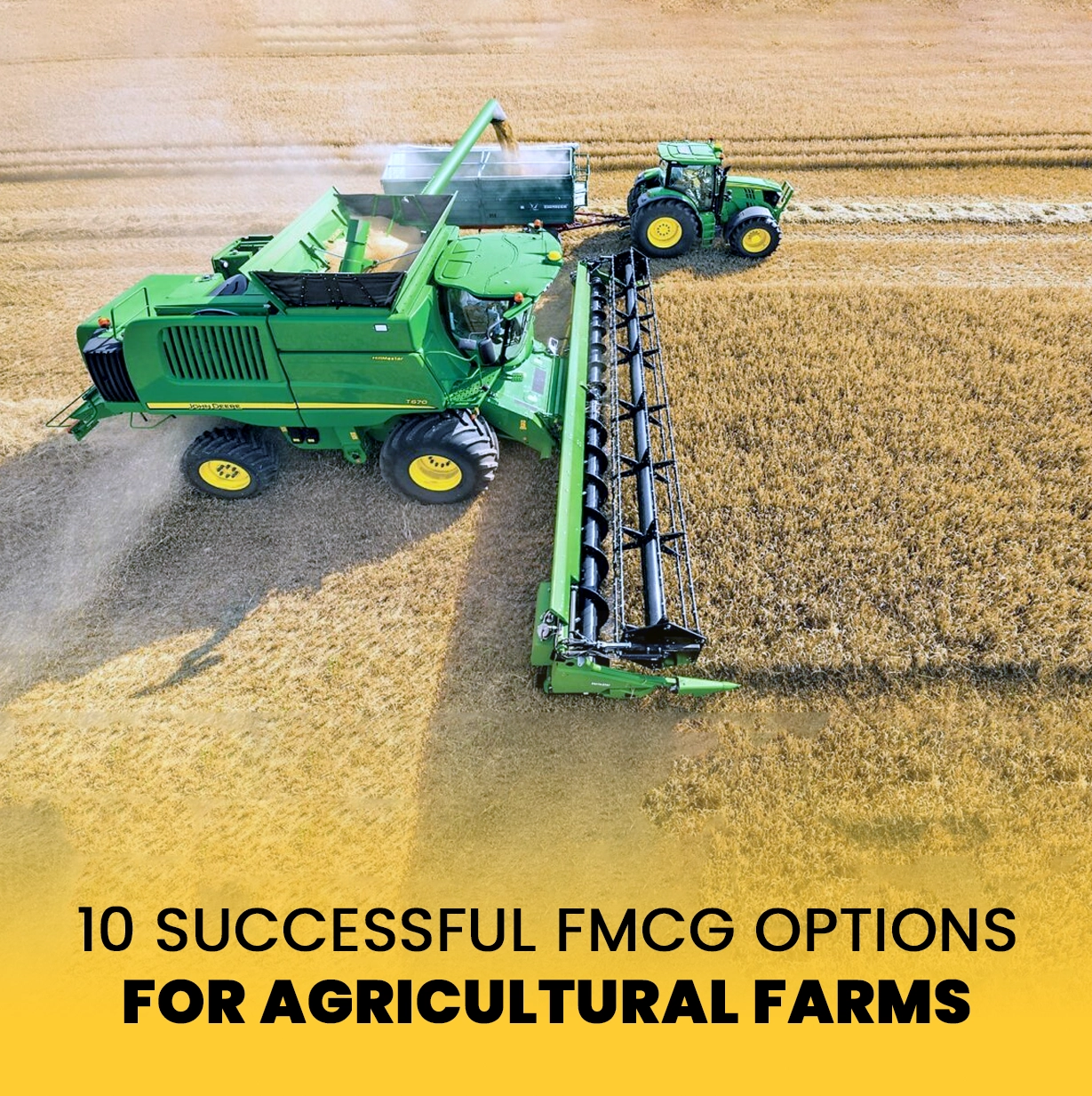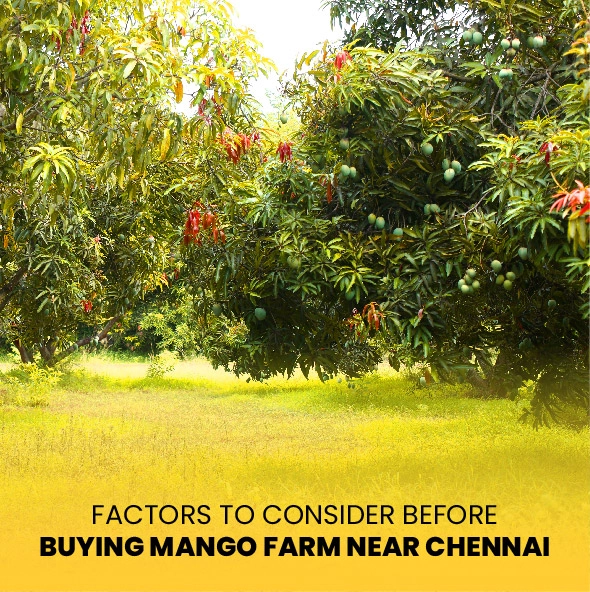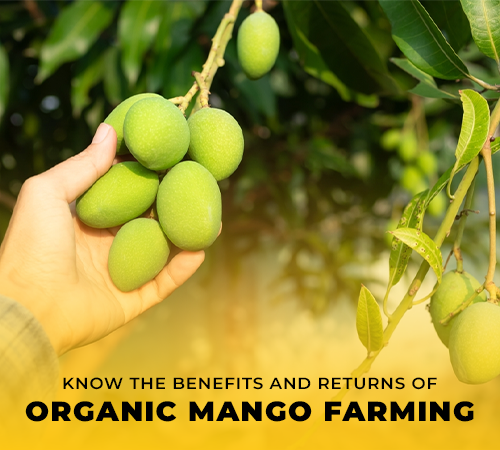Mangoes exist throughout India, each with a different taste, texture, and narrative value. Among them, the Langra aam is unique for its intriguing name as much as for its outstanding flavor. Among those who enjoy mango, the Langra aam is prized for its rich flavor, greenish skin, and soft flesh. But have you ever considered how this popular mango earned its name? The name's background is just as intriguing as the fruit itself.
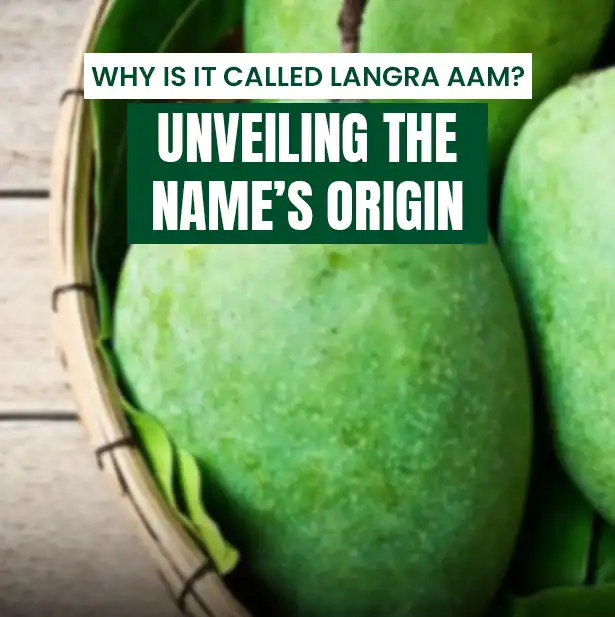
The Langra aam, or "Langda," hails from Varanasi, a city rich in history and culture. Its name is derived from local customs and traditions. Popular wisdom holds that the term "Langra" (which means "lame" in Hindi) derives from an odd occurrence involving the initial variety cultivator.
According to legend, a physically crippled farmer, known as "Langra," planted the first Langra mango tree in his Varanasi orchard. Grown from this tree, the mangoes were so remarkable that they gained local fame. With time, the residents started calling these mangoes "Langra Aam" in homage to the farmer. The nickname stuck, and today, the same mango type is known all over the country by that name.
Despite its unappealing name, the Langra aam is anything but ordinary. Mango enthusiasts, especially of this kind, find its sweet and tangy taste appealing. The flesh of the Langra aam is buttery, silky, and fiberless—the kind that melts in your tongue. Many people say this mango from India tastes among the best.
The Langra Aam has very distinctive looks. Unlike many other mangoes that turn yellow or orange when ripe, the Langra aam stays greenish even in complete maturity. Though one bite into the exquisite flesh indicates otherwise, this green façade sometimes leads to the belief that the fruit is not ripe.
The Langra aam, which is mostly grown in northern India, is found in Varanasi, its most well-known growing region. Despite its widespread appeal, it is currently grown throughout the nation. Usually ripening in the monsoon, around July and August, the mango is a much-awaited fruit throughout the wet season.
In Varanasi, the Langra aam represents pride for the residents rather than only a fruit. During the mango season, this type floods the city's marketplaces; it is also frequently the main draw at fairs and mango celebrations. With demand for Indian mangoes seen as a delicacy abroad, the Langra aam is also a popular export good.
Apart from taste, the Langra aam is quite nutrient-dense. It is rich in vitamins A and C, both of which are essential for a strong immune system and good vision. Furthermore, the mango is high in nutritional fiber, which aids digestion.
Langra mangoes, in addition to being rich in antioxidants, help shield the body from dangerous free radicals.
Moderately consuming Langra aam can also benefit heart health because the fruit contains potassium, which controls blood pressure. Mangoes also offer a quick energy boost from their natural sugars, which makes them ideal for hot summer snack time.
Langra aam's adaptability goes beyond fresh consumption. This mango farmland cultivar is used in a variety of cooking methods. The Langra aam gives any meal a taste explosion, from chutneys and pickles to smoothies and sweets. While its sweetness enhances the taste of delicacies like mango kulfi and aamras, its sourness makes it a perfect component for savory foods.
Langra aam is a staple in many homes throughout the mango season; families look forward to its arrival every year. Whether you're savoring a creamy mango lassi or a basic dish of just chopped mangoes, Langra aam never fails to wow.
Langra aam farming's success is evidence of the diligence and dedication mango growers in India possess. Over the years, the rapidly rising demand for Langra mangoes has led to more farming and better production methods. Langra aam is now one of the most sought-after mango varieties in both domestic and international markets.
Langra Aam's appeal has also assisted farmers financially. With improved farming methods and government support, many farmers have been able to increase their output and sell their produce at higher prices. This has resulted in better livelihoods and a more consistent income for those engaged in mango farming.
The Langra aam narrative is an amazing fusion of history, culture, and gastronomic delight. From its humble beginnings in the orchards of a physically challenged farmer to becoming one of India's most beloved mango varieties, the Langra aam has come a long way. It's a fruit worth relishing for its distinctive name, excellent taste, and excellent cultural relevance.
Thus, the next time you bite into a Langra aam, stop to consider the background of this unusual fruit. The Langra aam will definitely leave a lasting imprint on your taste receptors and heart, whether you have it fresh, in a dessert, or as part of a savory meal.
Veteran horticulturalist Kalimullah Khan is well-known for cultivating his own mango farms in Malihabad, Uttar Pradesh. Fascinatingly, his name is mentioned in the Limca Book of Records for raising a distinctive tree known as "Anarkali" with around three hundred different mangoes. He raised five new mango varieties in his orchard named Nayantara, Aishwarya, Nargis, and Jahanara. Growing in all its beauty, he raised a mango tree under NaMo Aam in 2014, calling it dedicated to Prime Minister Narendra Modi. Khan Saab intends to show it to the Prime Minister and exhort him to cultivate them in Gujarat. He has named three new mango tree varieties: Late A.P.J. Abdul Kalam, Bollywood actor Amitabh Bachchan, and Legislative Assembly member Mohammed Azam Khan.
